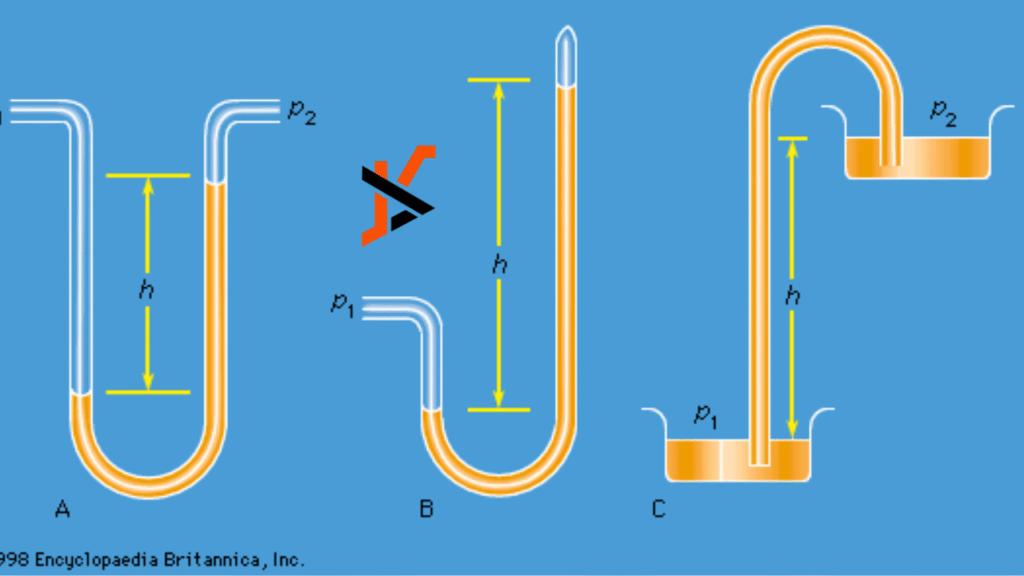In engineering systems, controlling the flow of fluids and air is critical for efficiency, precision, and safety. Whether in industrial automation, manufacturing, or mechanical systems, proper management of fluid and air ensures machines operate smoothly and reliably. One of the key components in pneumatic systems is the pneumatic flow control valve, which manages both the speed and direction of airflow.
This article explores the fundamentals of fluid and air control, with a focus on understanding the role and operation of pneumatic flow control valves in modern engineering.
1. The Importance of Fluid and Air Control
Fluid and air control is a cornerstone of mechanical and industrial engineering. Proper regulation allows engineers to:
- Optimize machine performance
- Improve energy efficiency
- Reduce wear and tear on components
- Enhance safety in operation
Uncontrolled or improperly managed flow can lead to system inefficiencies, overheating, mechanical failure, or even accidents. Therefore, understanding the tools and principles of flow control is essential for engineers, technicians, and maintenance personnel.
2. Types of Flow Control in Engineering
Flow control can be broadly classified into two categories:
a) Hydraulic Flow Control
Hydraulic systems rely on incompressible fluids, typically oil, to transfer power. Controlling fluid flow in these systems is essential for managing the operation of actuators such as motors and cylinders. Components such as flow control valves, pressure relief valves, and directional control valves are essential for precise hydraulic operation.
b) Pneumatic Flow Control
Pneumatic systems rely on compressed air to perform work. Air is compressible, which makes its control different from liquids. Components like pneumatic flow control valves, regulators, and directional valves manage air speed, pressure, and direction to ensure smooth and predictable system behavior.
3. What is a Pneumatic Flow Control Valve?
A pneumatic flow control valve is a device used to regulate the rate of air flow in a pneumatic system. By regulating airflow, the valve indirectly manages the speed of actuators like cylinders or motors, allowing for accurate and controlled performance.
Key Functions of a Pneumatic Flow Control Valve
- Speed Control: Adjusts the velocity of pneumatic cylinders.
- Pressure Regulation: Works with regulators to maintain system pressure within desired limits.
- Directional Control: Can be combined with other valves to control the direction of air movement.
- System Efficiency: Reduces air wastage and energy consumption.
4. Types of Pneumatic Flow Control Valves
Different types of pneumatic flow control valves are utilized based on the specific requirements of the application:
a) Needle Valves
- Provide precise adjustment of air flow.
- Ideal for fine-tuning actuator speed.
- Simple design with reliable performance.
b) One-Way Flow Control Valves
- Control airflow in one direction while allowing free flow in the opposite direction.
- Commonly used in pneumatic cylinder speed control.
c) Proportional Flow Control Valves
- Electronically controlled to vary air flow according to system requirements.
- Used in automated systems for dynamic control.
d) Pressure-Compensated Flow Control Valves
- Ensure a consistent flow rate even when system pressure varies.
- Useful for applications where consistent actuator speed is crucial.
5. Applications of Pneumatic Flow Control Valves
Pneumatic flow control valves are widely used in various industries due to their reliability and precision:
- Industrial Automation: Control the movement speed of robotic arms, pick-and-place machines, and conveyor systems.
- Packaging Machinery: Regulate cylinder speed for filling, sealing, and sorting operations.
- Automotive Manufacturing: Ensure precise motion in assembly lines and testing equipment.
- Material Handling: Control pneumatic actuators in lifts, clamps, and sorting devices.
- Laboratory Equipment: Manage air flow for testing devices or controlled experiments.
6. How to Select the Right Pneumatic Flow Control Valve
Choosing the appropriate valve depends on several factors:
- Flow Rate Requirements: Match the valve capacity to the system’s air consumption.
- Pressure Rating: Ensure the valve can handle the operating pressure of the system.
- Actuator Type: Different cylinders or motors may require specific flow characteristics.
- Adjustment Needs: Some applications require fine-tuning while others need preset settings.
- Environmental Considerations: Temperature, dust, or moisture may affect valve performance.
Choosing the appropriate valve guarantees efficient operation, reduces premature wear, and improves overall system safety.
7. Installation and Maintenance
Correct installation and regular maintenance are essential to ensure the durability and optimal performance of pneumatic flow control valves.
- Correct Positioning: Install the valve according to manufacturer instructions, paying attention to airflow direction.
- Clean Air Supply: Use filters to prevent dust or debris from clogging the valve.
- Periodic Inspection: Check for leaks, damage, or wear regularly.
- Calibration: Adjust settings as needed to maintain precise flow control.
Regular maintenance reduces downtime and keeps the pneumatic system operating at peak efficiency.
8. Advantages of Using Pneumatic Flow Control Valves
Incorporating pneumatic flow control valves into air-based systems offers several benefits:
- Enhanced Precision: Accurate speed control of actuators improves performance.
- Energy Efficiency: Reduces compressed air consumption and operating costs.
- System Safety: Prevents sudden actuator movements that could cause accidents.
- Durability: Simple, robust designs withstand industrial conditions.
- Flexibility: Adjustable valves allow for easy tuning of system performance.
Conclusion
Understanding the basics of fluid and air control is fundamental for engineers and technicians working with mechanical and industrial systems. Among the most important components in pneumatic systems, the pneumatic flow control valve ensures precise, efficient, and safe operation by regulating air flow to actuators.
From industrial automation and manufacturing to laboratory setups and material handling, these valves are indispensable for controlling motion, pressure, and system performance. By selecting the right type, ensuring proper installation, and performing routine maintenance, engineers can maximize system reliability, efficiency, and safety.
A solid grasp of flow control principles, combined with practical knowledge of pneumatic flow control valves, equips professionals to design and maintain systems that perform consistently under a wide range of operating conditions.

